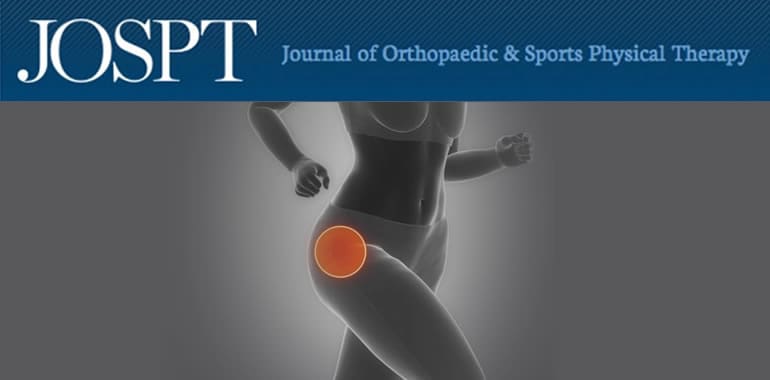
Physical Therapy utilizes art and science to create a specific program for restoration of each patient’s physical function. Later blog articles will focus on the ART while this article is focusing on the SCIENCE. Physical Therapists are passionate about finding, confirming, and using optimal treatment strategies for their patients. We are greatly indebted to the researchers who dedicate their lives to helping us in that pursuit.
The Journal of Orthopaedic and Sports Physical Therapy (JOSPT) is one of my “go to” journals for good, sound research. In June 2017 they published a new Clinical Practice Guideline for Hip Osteoarthritis. What does that mean for you, the person living with hip osteoarthritis? That means that a bunch of really smart people combed through all the research and made recommendations for people like me to use when helping the most important people involved – our patients! And, here is what they said…
How do we diagnose Hip Osteoarthritis? Adults over the age of 50 with moderate anterior or lateral hip pain during weight-bearing activities, morning stiffness less than 1 hour duration after waking, hip internal rotation (IR) range of motion less than 24 degrees or IR and flexion 15 degrees less than non-painful side, and/or increased hip pain associated with passive hip internal rotation. What is hip internal rotation? Lie on your back with one knee and same hip bent to 90 degrees. While maintaining this hip and knee position, try to bring your foot out to the side. Compare the motion to the other side.
What tests and measures should be included in the evaluation? You should be assessed for physical function measures, balance performance/risk of falls assessment, active range of motion for the hip, and muscle strength.
How should we treat Hip Osteoarthritis? Manual therapy should be used to improve hip mobility. This should be followed up with flexibility, strengthening, and endurance exercises to address impairments in hip range of motion, specific muscle weakness, and limited muscle flexibility. Patients should receive education on activity modification, exercise, weight reduction when overweight, and methods of unloading the arthritic joints. Bracing should be used as a last resort if these forms of treatment are not effective.
If you have any questions regarding these recommendations, please feel free to contact us here at Physical Therapy for everyBODY – amykonvalinpt@gmail.com or (425) 658-4944.
If you would like to read the complete article:
http://www.jospt.org/doi/full/10.2519/jospt.2017.0301



